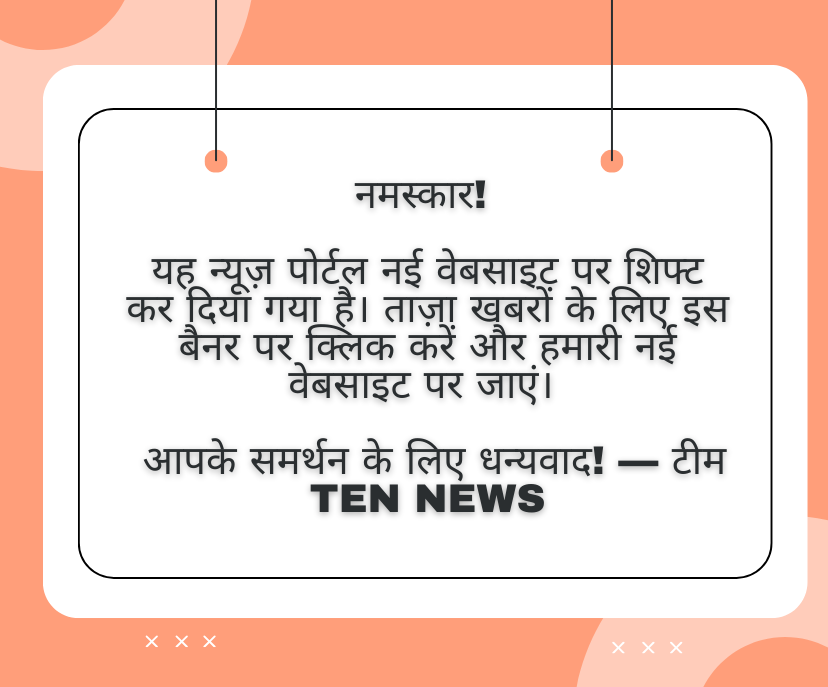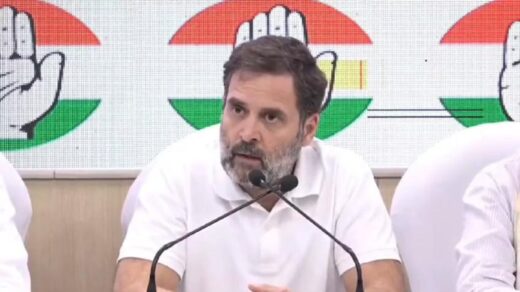TEN NEWS NETWORK
New Delhi (21/11/2022): In 2005, Japan was going through a huge energy crisis which was almost on the brink of being a catastrophe. Factories were shut down, constant blackouts were the norm and the whole country was fast moving towards an impending economic doom. What made matters worse was the fact that almost 80% of the energy consumed was imported from outside the country. This factor made Japan susceptible to bullish trade-offs by the power supplying sources. It was a nightmare for the government.
The only viable means of tackling the situation seemed to be cutting down on the consumption of power by its citizens. But a mere awareness campaign to ask people to do that would not only be expensive but time consuming as well; that too without the assurance of a meaningful turnaround. After all, individually people hardly bother about holistic concerns. So, an effort to understand the power usage pattern was put in.
It was eventually found out that due to the strict dress code by Japanese authorities, office goers had to wear double-layered dresses/suits. That propelled the use of air conditioners at a lower temperature throughout the summer season, resulting in a massive increase of energy consumption across the country. Thus, a significant cause of the problem was diagnosed.
Some brainstorming and strategic sessions in the Ministry of Environment, under the leadership of the then Prime Minister, resulted in a marketing strategy and the design of a social campaign named COOL BIZ CAMPAIGN. AC temperature across government offices were set at a higher 28 degree Celsius and office goers were allowed to wear half sleeved, airy, casual dresses from June till September. From government offices, the new rules were stretched to the private sector corporates too. Seeing tangible individual benefit of comfort, people shifted to the new habit gleefully. Government augmented the campaign by organising fashion shows and other events where CEOs, top officials, Ministers and even Prime Minister himself were shown wearing cool casual dresses. Change didn’t end there.
Realising this mammoth change in people’s sartorial behaviour as a result of the Cool Biz Campaign, entrepreneurs and big business houses started leveraging it and launched new lines of clothing. This resulted in another line of economic upsurge where businesses had the interest in convincing consumers to wear hip and stylish garments and consumers on the other hand didn’t mind the whole new development. Needless to say, Japan saved itself from a major disaster and started not only saving energy but also a humungous cut on carbon emission.
The power of this idea and the way it was marketed among the citizens of the country is substantial proof that using the principles of commercial brand marketing, great number of issues concerning society at large can be handled. One way information process hardly has the power to motivate people to be even open to change. It’s the behavioural change that takes place in as many individual citizen as possible, that determines the desired cumulative metamorphosis in society. This method of conceptualising a path breaking idea and then marketing it aggressively to its target audience with the purpose of driving change for good is called Social Marketing. Here, you must not confuse Social Marketing with Social Media Marketing. Social Marketing is the social equivalent of commercial brand marketing in the world. In today’s media scenario, Social Media Marketing is invariably a crucial part of that Social Marketing mix.
Unlike the profit driven consumer centric brands of the world, government, government agencies and NGOs use marketing strategies to execute plans that herald newer behaviour among people which triggers change that benefits all. No matter how rationally we tend to think, human beings are emotionally driven and motivated for individual good and safety & welfare of the loved ones. That is the reason why incentivising behavioural change has much more potential than simply soliciting common good by targeting every individual.
As a discipline, Social Marketing has its origin in the 1970s when Marketing Gurus, Philip Kotler and Gerald Zaltman found out that the same principles that were being utilised to sell products to consumers could also be used to sell ideas, attitudes and behaviour to the citizens. Social Marketing is meant to influence social behaviour not to benefit the marketer of the proposition, but to benefit the larger audience and society in general. In India, family planning programme by government for more than 50 years is one of the glaring examples of social marketing exercises.
People normally don’t like being told what to do and what not to do. A ‘preaching’ approach in communication is top down and is devoid of critical insights, empathy and respect. People take notice of initiatives which promise benefits and communicates in a compelling and interesting manner. Good marketing is all about that. It’s always packed with purposeful, target benefit driven and impactful communication stance. A well-designed communication piece always attracts attention. The definitive ‘call to action’ at the end evokes the target audience’s emotions. Consistent and effective marketing communications using a relevant media mix eventually influence the desired behaviour of people leading to positive changes in society.
A well-executed Social Marketing exercise captures attention and spreads awareness about a burning social issue. Importantly, it puts forward a simple way to make the world better and makes this beneficial behaviour more interesting as a proposition than any competing behaviour. Trick lies in being insightful of the problem, having detailed understanding of the cultural milieu, and marketing the winning idea professionally to reach the desired goal of problem solving. We have a huge number of issues across health, environment, civic responsibilities, education etc. that are yet to be solved. Only a well intended mission or dull, hackneyed methods of communication would not take us anywhere. Government must tap the professional talent pool to do research, analysis, ideate, plan and execute a wholesome social marketing strategy using creativity and technology. As for the NGOs dealing with varied problems that are affecting us, it’s time they started ‘investing’ in marketing their ideas not only to generate funds but in communicating professionally to influence behaviour and drive change.
The sooner we take the veil out of our head and stop seeing marketing as an add-on, glossy, make belief set of activities, the better for us. Priceless, game changing ideas need to be recognised and we should see to it that these ideas get executed thoroughly to bring about change that we as a society crave for. Social Marketing, if done well, can do that.













